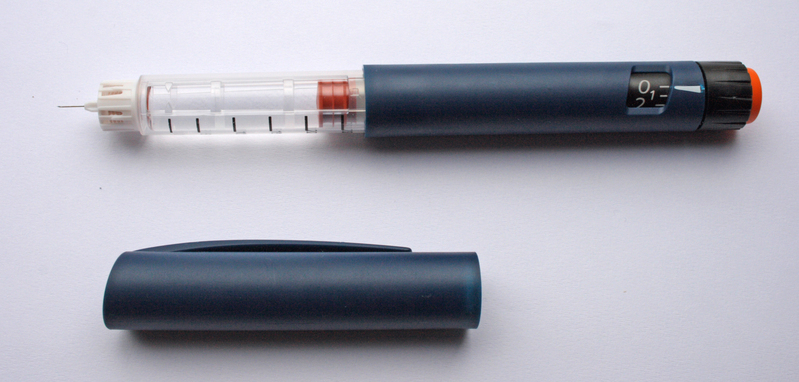Veterinary Euthanasia
The way human society treats its own species, in matters of death, stands in stark contrast to how it treats others.
While euthanasia for animals is quite acceptable and used to cull diseased, or sometimes even healthy animals for acts of lethal aggression, the debate about whether euthanasia or physician-assisted death for patients with terminal or intractable diseases is ethical, still rages on.

But we will give the benefit of doubt to both sides debating for or against euthanasia for humans and will elaborate only on the medical aspects of animal euthanasia.
This article is solely intended as medical awareness.
Medical Aspects: Drugs Used
Euthanizing a beloved animal is not only about injecting it with a lethal yet painless substance, but also involves expertise, understanding of bioethics, and attention-to-detail. It is best advisable (and the only legal way in most nations) to let an experienced physician cull the suffering animal.
Thorough knowledge of the procedure and the drugs used is a must if you consider your companion animal as a family member.
The first step physicians generally use is injecting a sedative. Here are some of the sedatives you must know about:
Telazol
Telazol is composed of two drugs – tiletamine and zolazepam. It is a very common sedative for both cats and dogs. Tiletamine is considered a dissociative anesthetic while zolazepam is a valium-like drug.
Individually, the drugs aren’t much effective in relieving pain. But together, they comprise an extremely effective sedative that approximates complete anesthesia. This drug is then slowly overdosed, causing cessation of life without pain.
Ketamine
Ketamine is a dissociative anesthetic, which means that the brain and body are experienced separately by the patient. It is most often combined with valium to produce the same effect as Telazol.
Ketamine is also routinely used during medical procedures due to its pain relieving properties.
Similar to telazol, the drug is overdosed to induce death.
Propofol
Propofol, although a powerful anesthetic, is relatively expensive. And so many vets keep the remains of their one-use-only vials to use as the first injection in the two injection method of euthanasia. This recycling of medications is considered ethical, safe and highly effective.
Telazole, Ketamine, and Propofol are usually as intravenous fluids (IV) because they aren’t fit for intramuscular injection. IV injections act quickly. Most animals go to medically induced sleep within seconds.
Medetomidine
As called “Domitor” by Pfizer, this drug induces a pain-relieving intramuscular sedation (IM) without causing any pain. This drug is ideal for dogs and cats.
Acepromazine
Shortened to Ace, this IM tranquilizer is commonly used to soothe aggressive dogs. Ace although less effective than a combination of Domitor and valium, is used for its inexpensiveness.
Xylazine
Xylazine is generally included in the first injection (sedative). It’s most commonly used as a horse tranquilizer but is an efficient and inexpensive choice for overdosing small animals as part of the first injection.
The Final Injection
Barbiturates
Almost all vets use a barbiturate for the second injection which causes death. Many different preparations of barbiturates are used to overdose animals quickly. Given intravenously, these cause the rapid onset of cardiac arrest (within 15 to 60 seconds).
If the first injection is extremely effective, the barbiturate is directly pumped into the abdomen or directly into the heart. This is considered a more a humane alternative.
Note: Intracardiac barbiturates are painful and should be administered to an animal only after successful anesthesia.
More Things to Know
One injection may or may not be sufficient. It depends on if the animal is already unconscious. Sometimes, administering only one injection can cause the animal to show resistance, and will suffer pain.
Sometimes animals might move even after clinical death (After the second injection). This is normal as the animal isn’t alive. The movement is caused due to residual electrical impulses in the peripheral nervous system.


